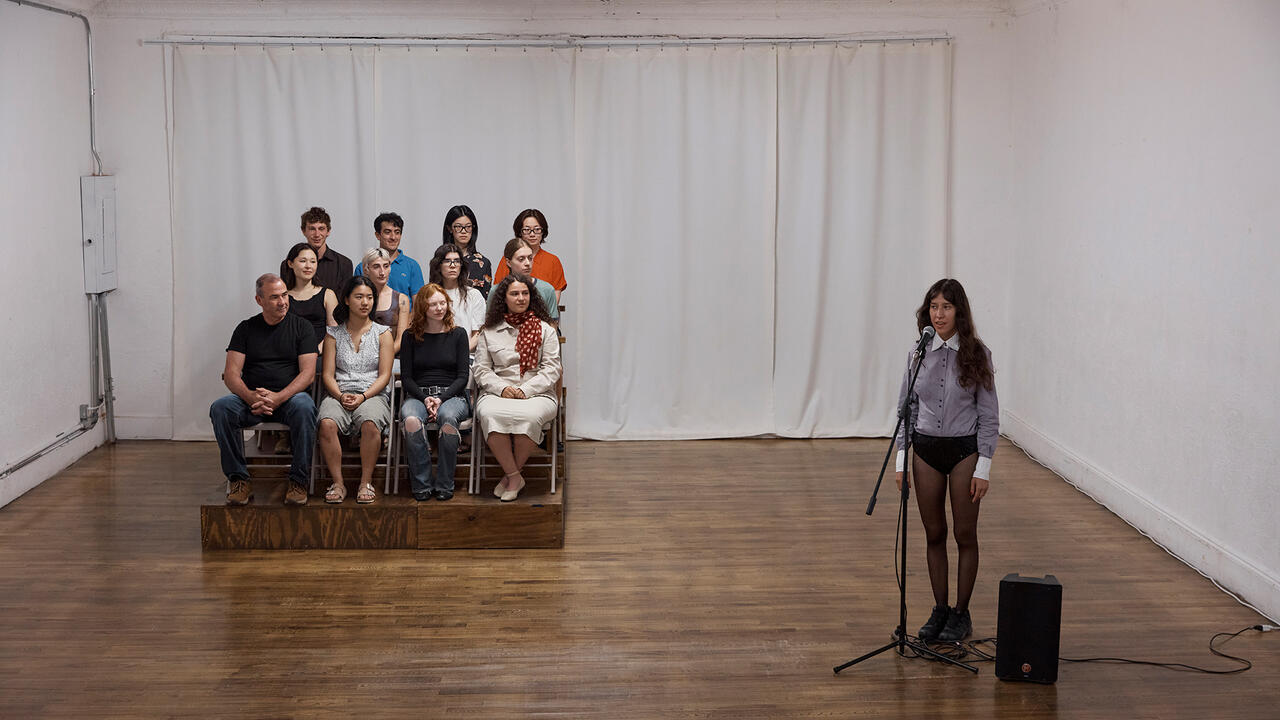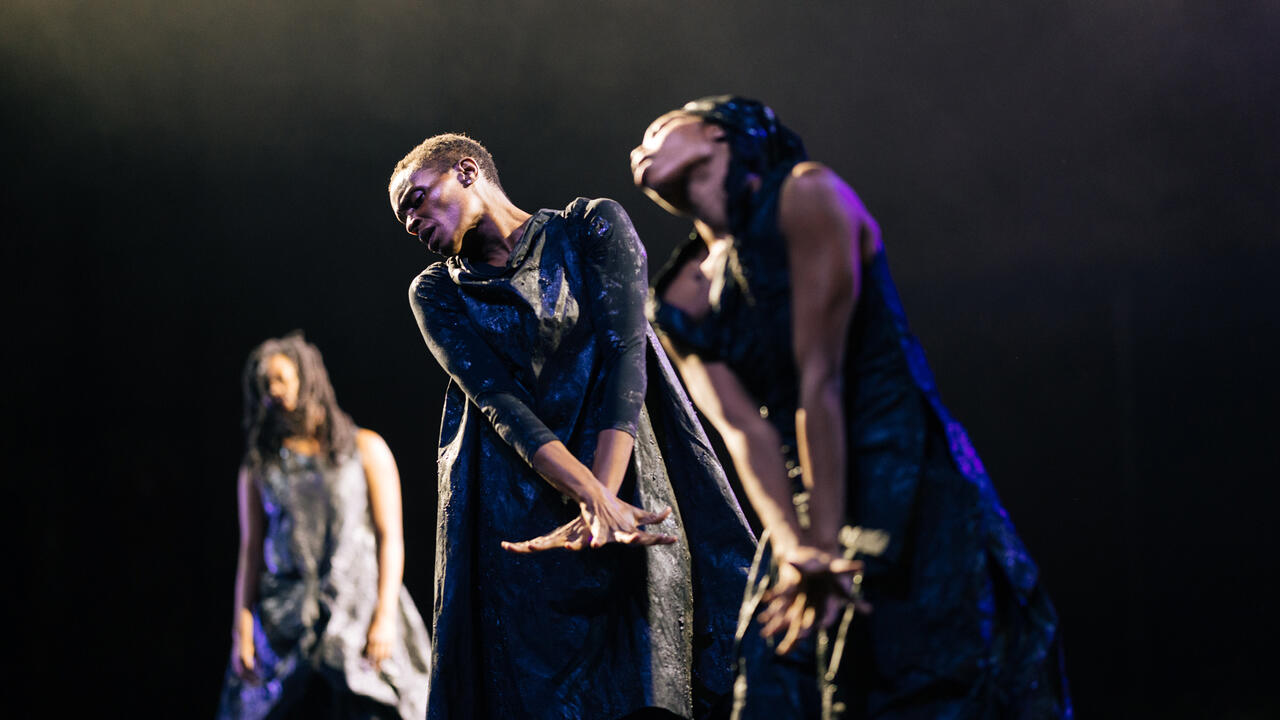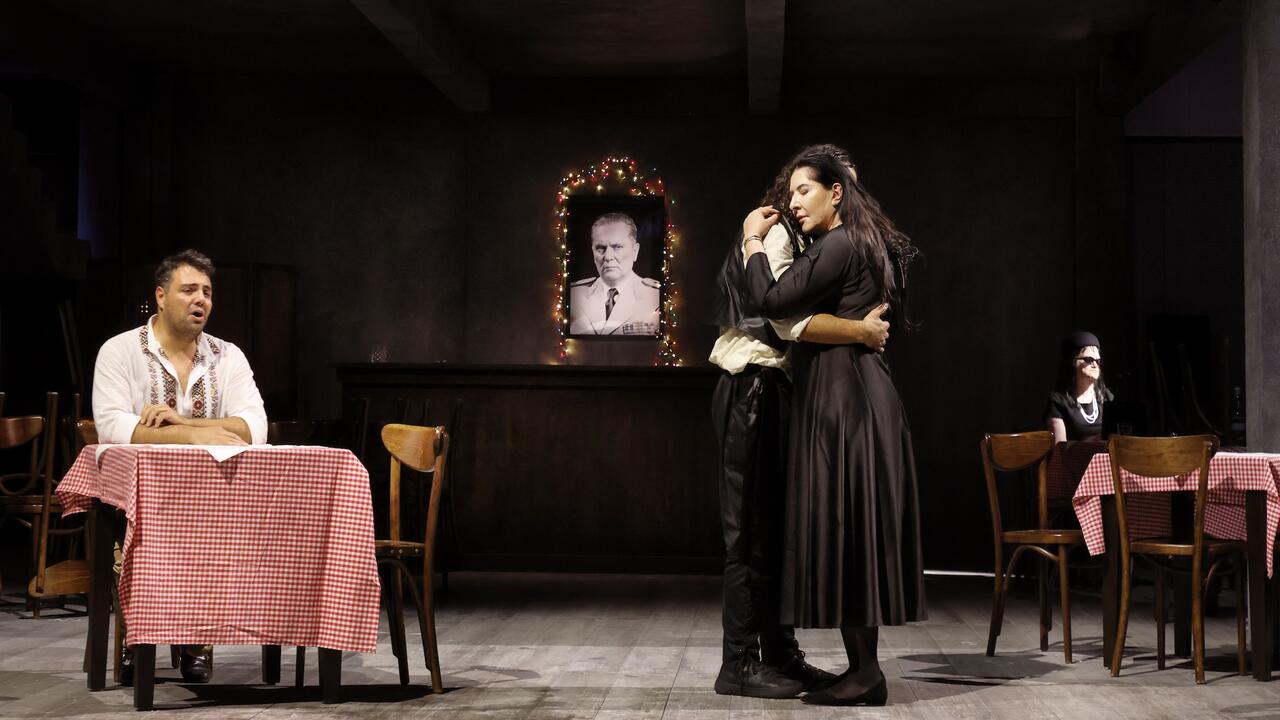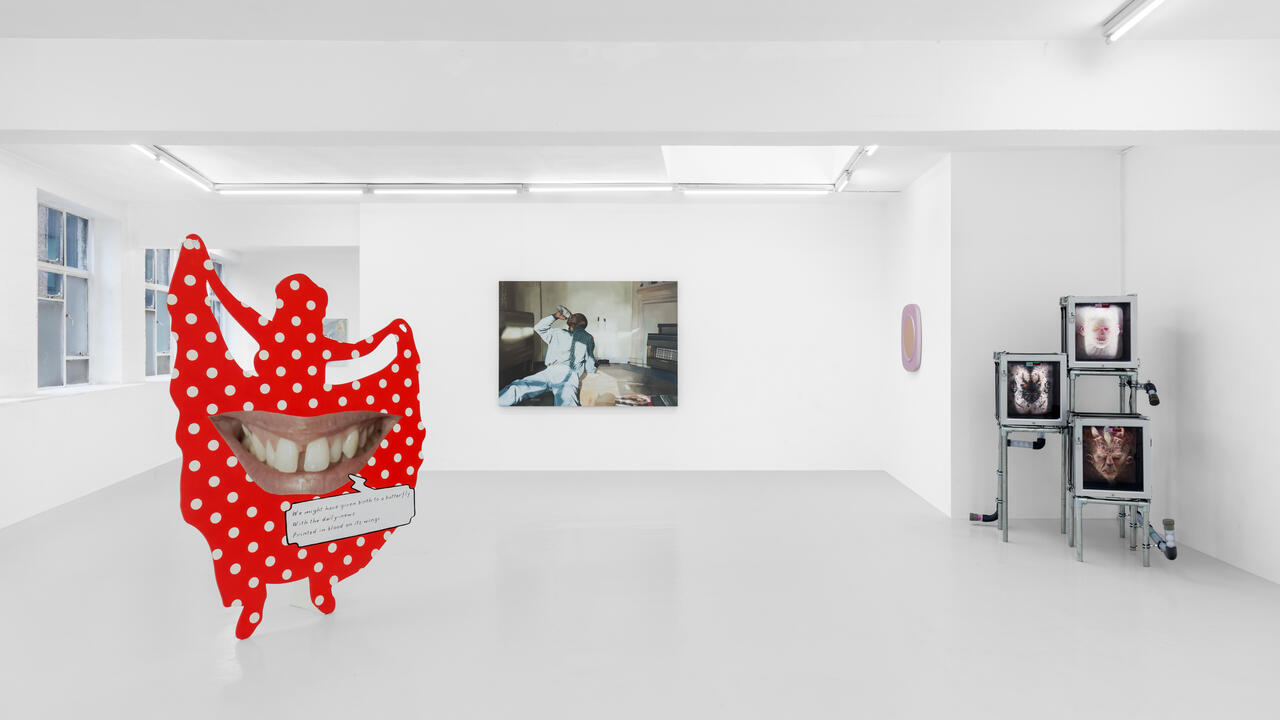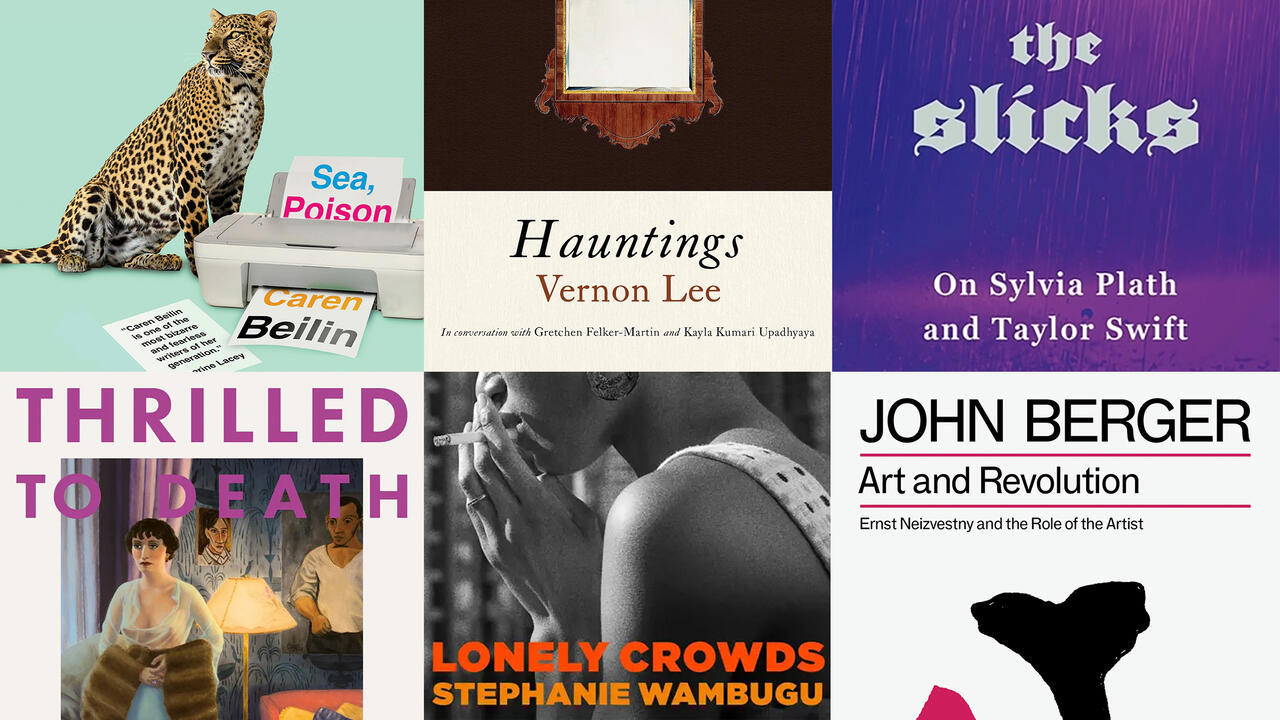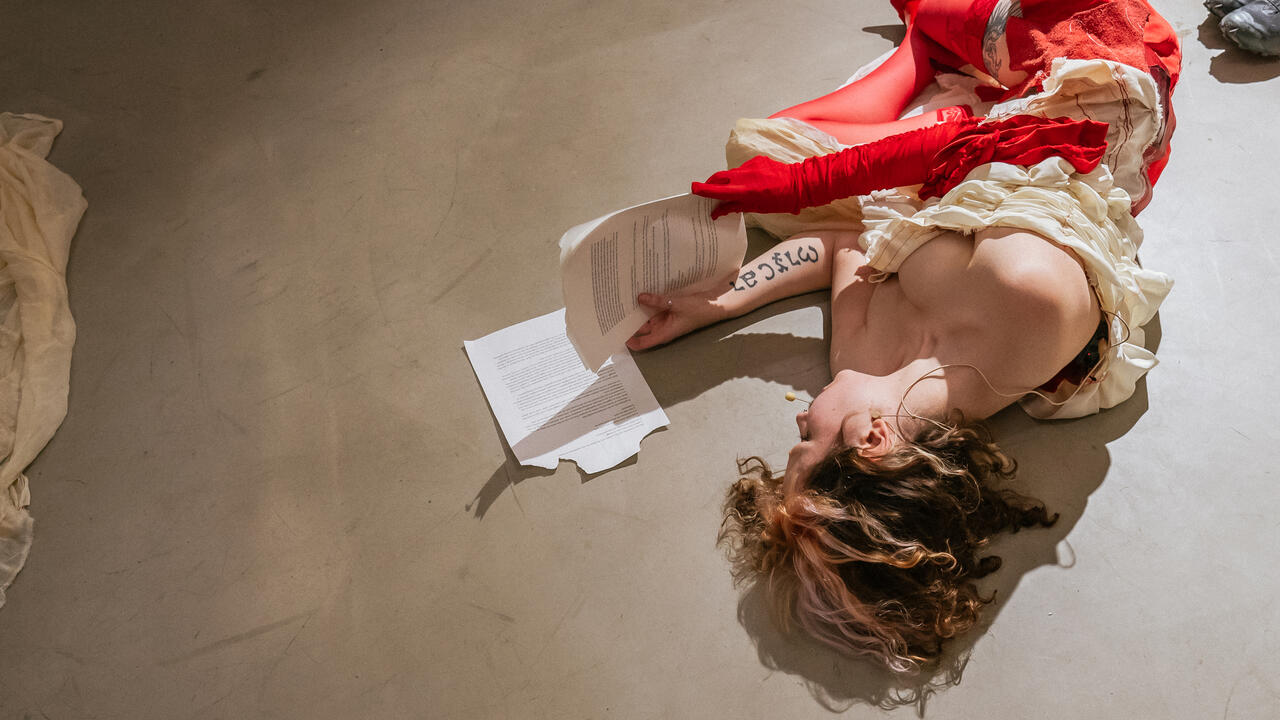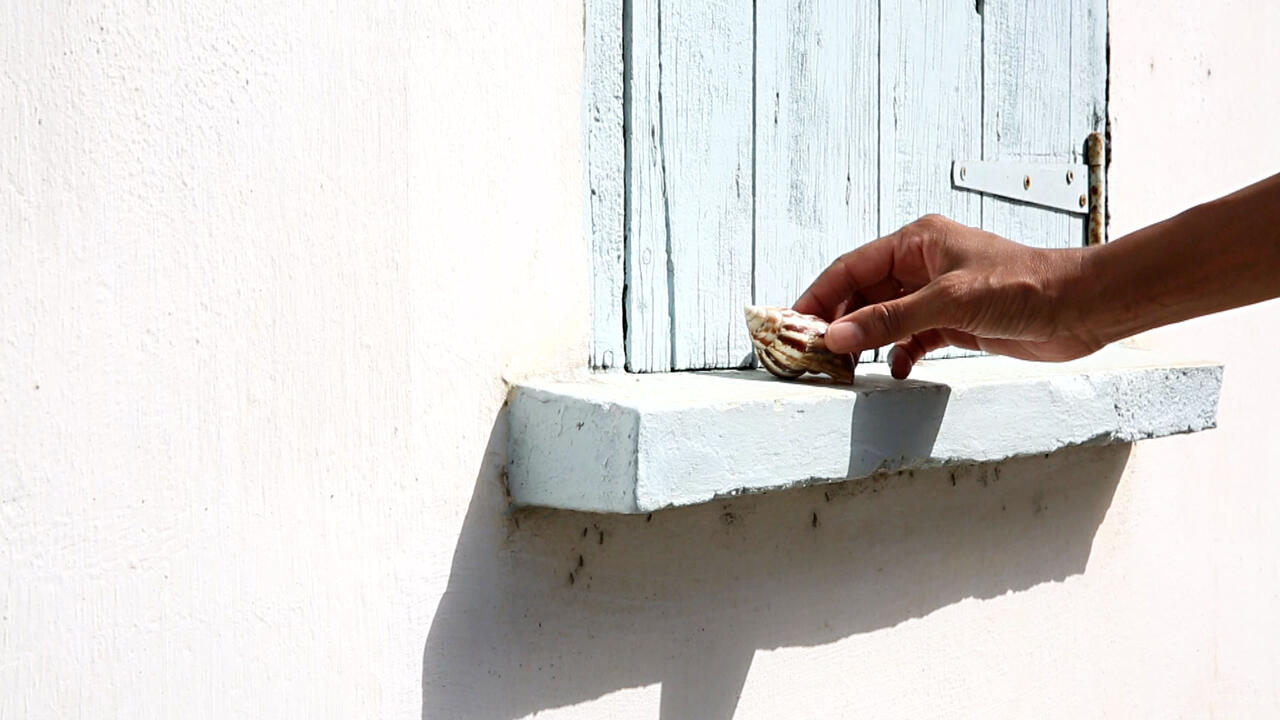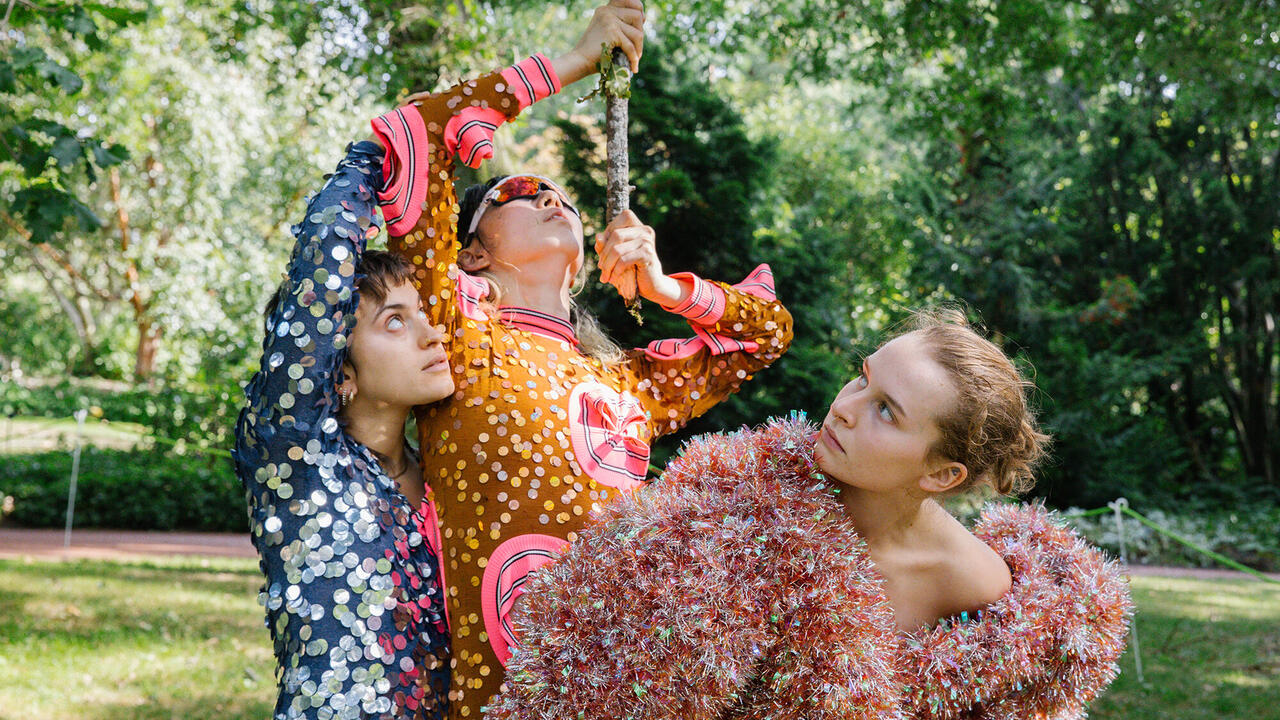‘Seismic and Overdue’: Turner-Nominee Helen Cammock’s New Film
From blues to jazz to the baroque – new fiction from Claire-Louise Bennett
From blues to jazz to the baroque – new fiction from Claire-Louise Bennett

Titled after an aria by the 17th-century baroque composer, Barbara Strozzi, Helen Cammock’s exhibition ‘Che si può fare’ (What Can Be Done, 2019) includes Chorus, a meandering and meditative filmic travelogue through Italy, combining what she describes as ‘the personal, the political and the poetic’. Along the way, Cammock interviews various women – from a nun to a former resistance worker, a shop assistant and musicians – exploring connections between jazz, the blues and 17th-century baroque music. Claire-Louise Bennett viewed the film at London’s Whitechapel Gallery and responded to it with a performative piece of writing that combines reverie and observation.
It rained very suddenly very hard and I couldn’t stand wearing a wet dress so I went into a shop lifted a dress off the rail went upstairs removed my wet thing hung it on the hanger put on the tiger print raaa sat down on a velvet cube and listened to the girls on the other side of the curtain talking excitedly about another girl one of them lives with who keeps burning toast late at night and other zany things besides though I couldn’t make out all the words distinctly because they all spoke at the same time and laughed so much and soon the big patches of rain water on my dress which were most prominent on the boob area had faded sufficiently that I could put it back on and in the gallery ten minutes later I was dry all over and sitting on a bigger softer cube and two women with short hair sat on another cube together and were looking coolly yet intently at the screen and I found it hard not to keep looking over at them because of their short back and sides and knowing looks and I felt sure they could see something on the split screen I could not and I wanted very much to ask them both what does this film mean to you exactly are you smiling like that because you can feel a voluptuous sadness stirring within you or because in fact you find it too earnest and too long and then I turned to look at a woman in the film remembering the fascist regime and I could hardly believe it because I had just finished writing that piece precisely about how a female Italian writer found her voice after fascists had murdered her husband in Rome in 1944 and I recalled an essay she wrote in which she described silence as a mortal illness and elsewhere she reveals how hard it was to say anything to find the words then summon the courage the courage and the will because it is painful and heavy to speak from there from where from right in there che si può fare and every word of hers is a lament yet there they are and by the mere fact of existing at all they are inherently hopeful and generous so even when her words are conveying the most heart-breaking truths, they are vivid and life-affirming and I watched these women from Bologna from Florence from Venice from Rome from Palermo from Reggio Emilia recovering their voice against the odds all this time later and the coincidence captivated me and scuppered my questionable critical faculties it seemed like fate che si può fare so of course I’d bestowed upon it all my attention when two girls stood talking quietly but incessantly right behind me their whispered consonants nicking the air I wanted to say you ought to be quiet a minute and take this in but how could I besides which the exchange they were having was perhaps seismic and overdue and couldn’t have occurred in any other place because whether they were listening or not they seemed to like being right where they were and I liked being there too and stayed on to see again the hands slowly cleaning silt off of clear plastic flotsam and to see again the woman with long hair singing baroque in the scrappy grass and hear again the woman who from the age of seven and a half was silent for five years and again the débrouillard woman through the smoke of her perennial cigarette and again the woman communing with the sap on the other side of the bark and again the woman who says here we say babo not papa and again the woman who says here’s no substance anymore and again the nun who brings displaced women together and says one cannot be free if all are not free which made me recall again the female Italian writer who wrote that the fall of one sweeps away thousands of others che si può fare, che si può fare.
Helen Cammock is nominated for the 2019 Turner Prize and is the seventh winner of the 2018 Max Mara Prize for Women. Her solo exhibition at the Whitechapel Gallery, London, UK, closed in September. Her solo show 'Che si può fare' runs at Collezione Maramotti from 13 October until 16 February. She lives in London.
This article first appeared in frieze issue 206 with the headline ‘What To Do?’
Main image: Helen Cammock, Chorus, 2019, video stills. Courtesy: the artist











